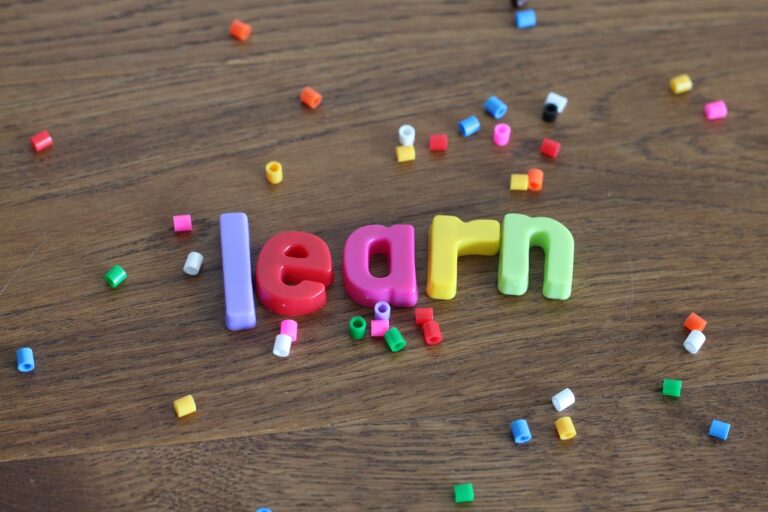Addressing Bias in College Curriculum and Decolonizing Education
In today’s college curriculum, bias can manifest in various forms. It may be subtle, such as in the selection of reading materials that predominantly represent a single perspective. Bias can also be more overt, with instructors emphasizing certain viewpoints over others in lectures and discussions. These biases can affect students’ understanding of the subject matter and limit their exposure to diverse ideas.
By identifying and addressing bias in college curriculum, educators can create a more inclusive and enriching learning environment for students. Incorporating diverse perspectives and voices into course materials can help students develop critical thinking skills and foster a more well-rounded understanding of the topics being studied. It is essential for institutions to continuously reassess and update their curriculum to ensure that it reflects a wide range of viewpoints and experiences.
The Importance of Diverse Perspectives in Education
When examining the landscape of education, it becomes evident that the integration of diverse perspectives is imperative in fostering a well-rounded learning environment. Embracing a variety of viewpoints, experiences, and cultural backgrounds not only enriches the learning experience for students but also contributes to a more comprehensive understanding of the world around them. By incorporating diverse perspectives into the curriculum, educators can encourage critical thinking, open-mindedness, and empathy among learners, preparing them to navigate the complexities of an increasingly interconnected global society.
Furthermore, exposure to diverse perspectives fosters inclusivity and creates a sense of belonging for all students. When individuals see themselves reflected in the materials they study and the examples provided in the classroom, it validates their experiences and enhances their engagement with the subject matter. This inclusivity is essential for promoting academic success, emotional well-being, and a sense of unity within the school community. Ultimately, by embracing diverse perspectives in education, institutions can cultivate an environment that celebrates differences, promotes mutual respect, and prepares students to become knowledgeable and compassionate global citizens.
Why is it important to have diverse perspectives in education?
Diverse perspectives in education help students develop critical thinking skills, foster empathy and understanding, and prepare them to navigate an increasingly diverse and global society.
How can bias impact college curriculum?
Bias in college curriculum can result in a limited and skewed representation of knowledge, perpetuate stereotypes, and marginalize certain groups of people.
What can educators do to incorporate diverse perspectives into their teaching?
Educators can diversify their curriculum by including a variety of voices, perspectives, and experiences in their teaching materials, inviting guest speakers from diverse backgrounds, and encouraging students to engage in discussions about diversity and inclusion.
How can students benefit from exposure to diverse perspectives?
Exposure to diverse perspectives can broaden students’ worldviews, challenge their assumptions, and help them develop a greater appreciation for different cultures and ways of thinking.
What are some practical ways to promote diversity and inclusion in educational settings?
Some practical ways to promote diversity and inclusion in educational settings include creating a welcoming and inclusive environment, providing resources and support for students from diverse backgrounds, and actively addressing instances of discrimination or bias.






